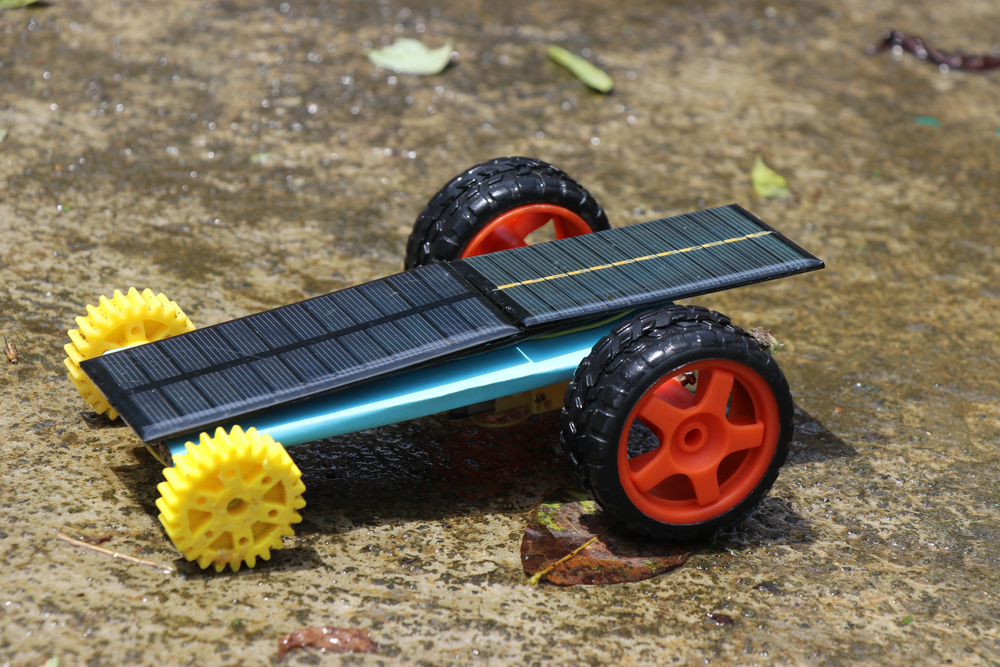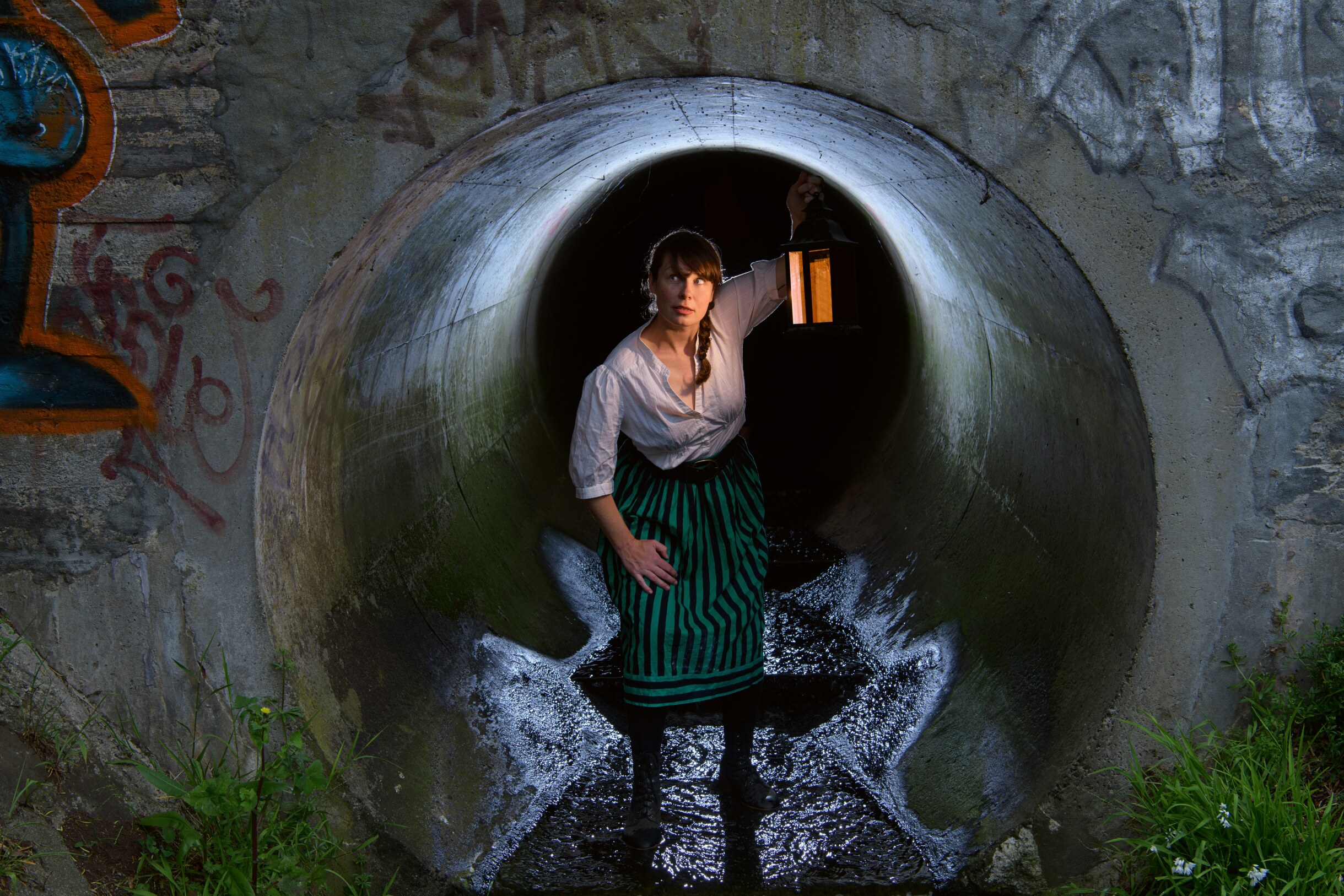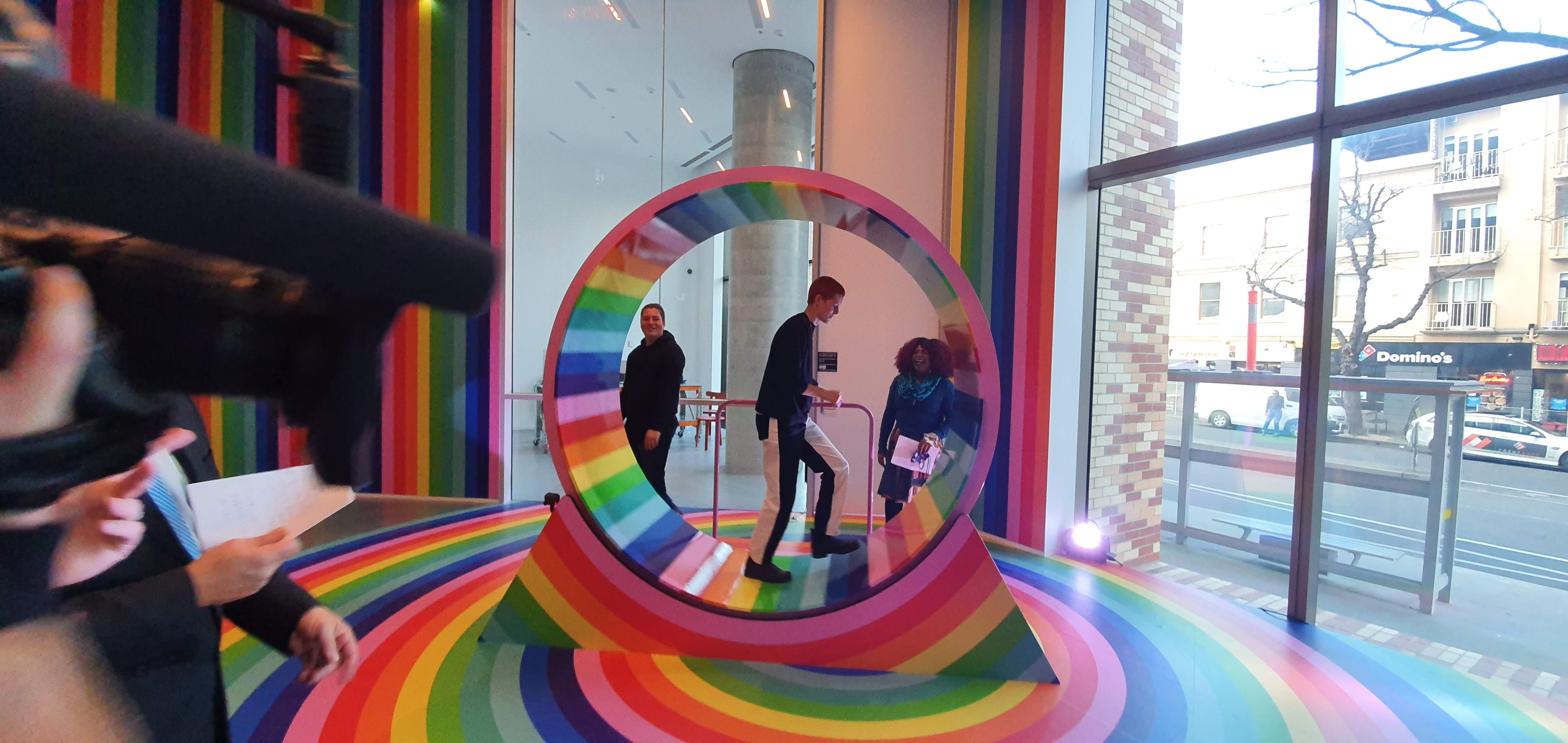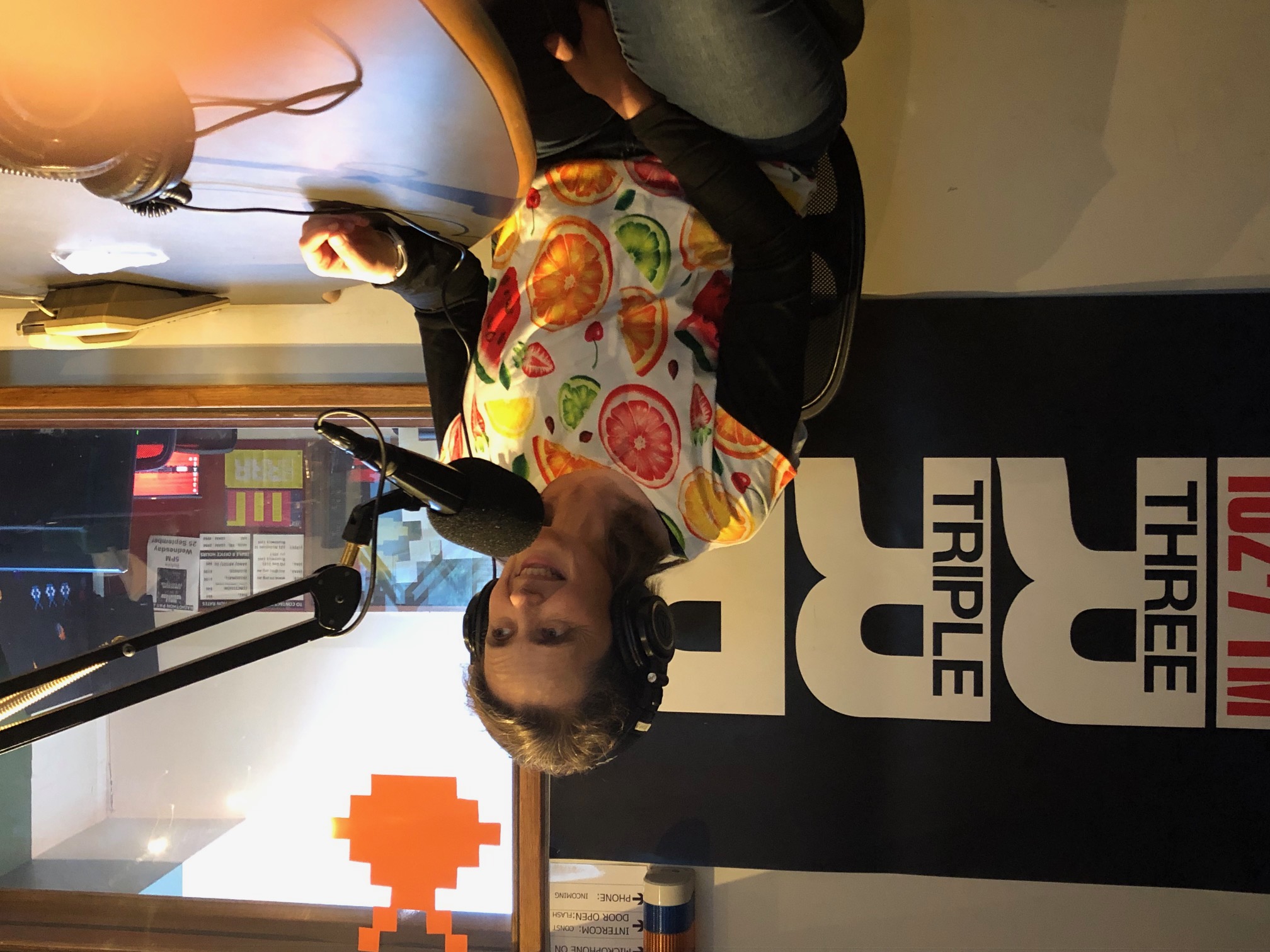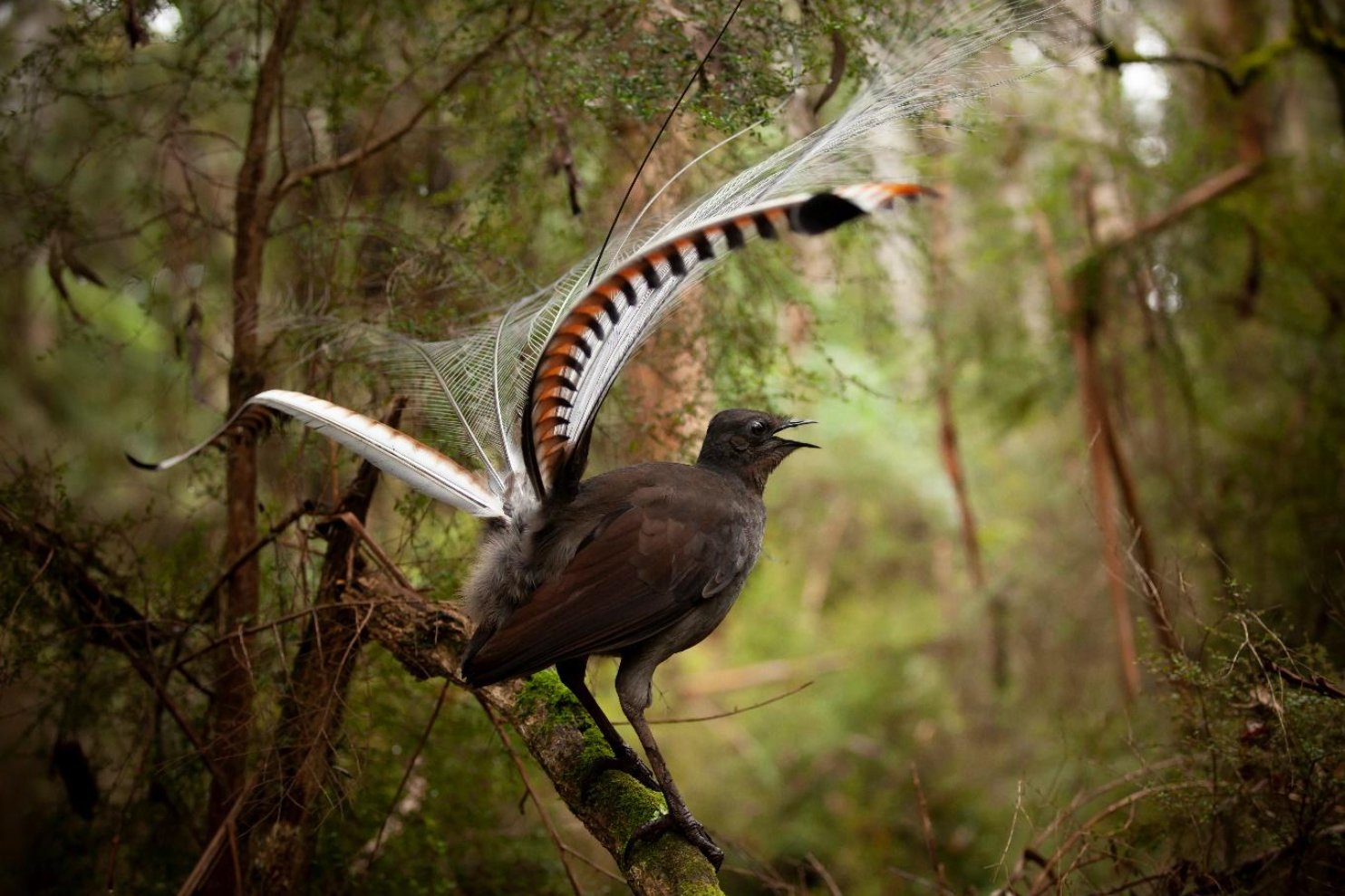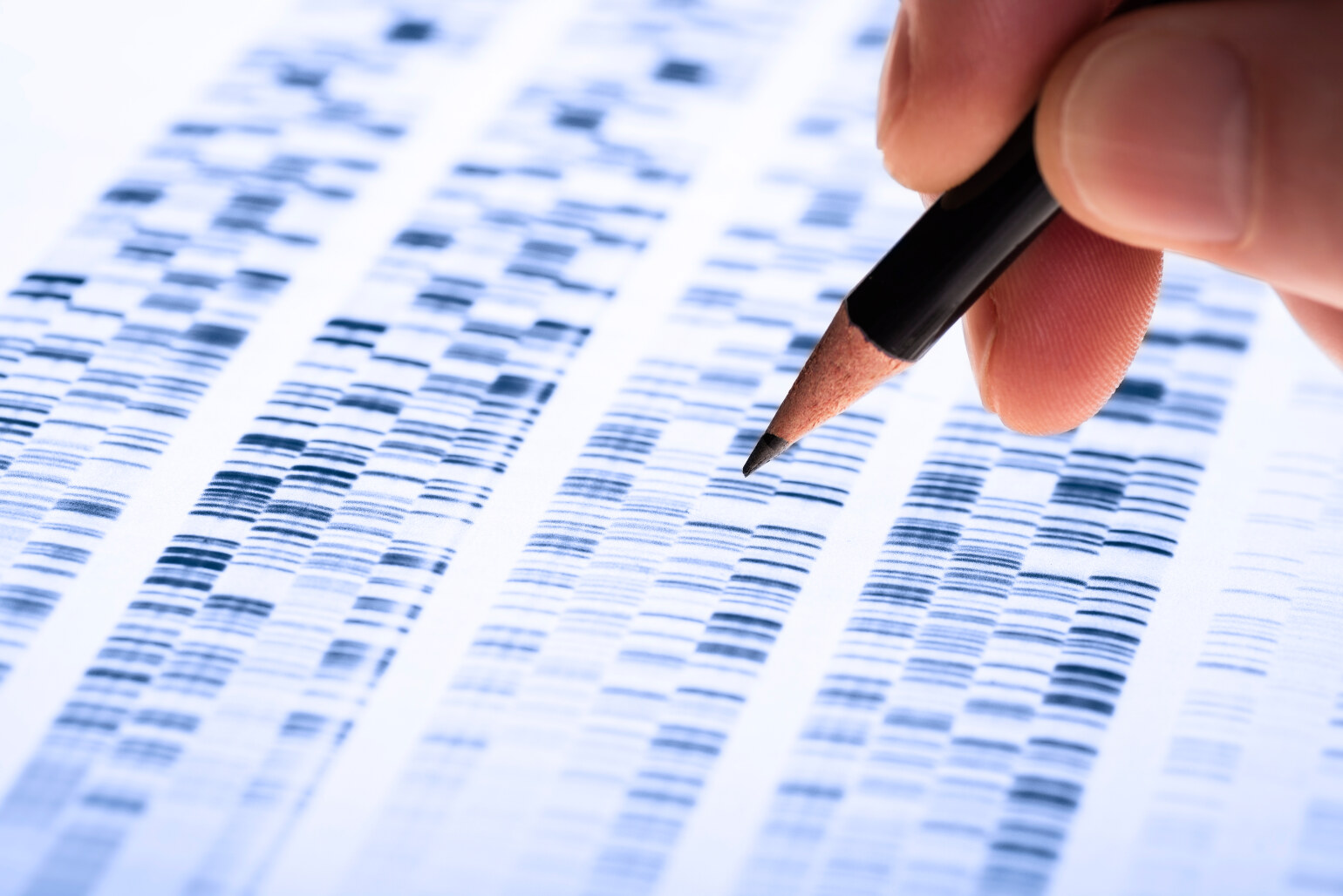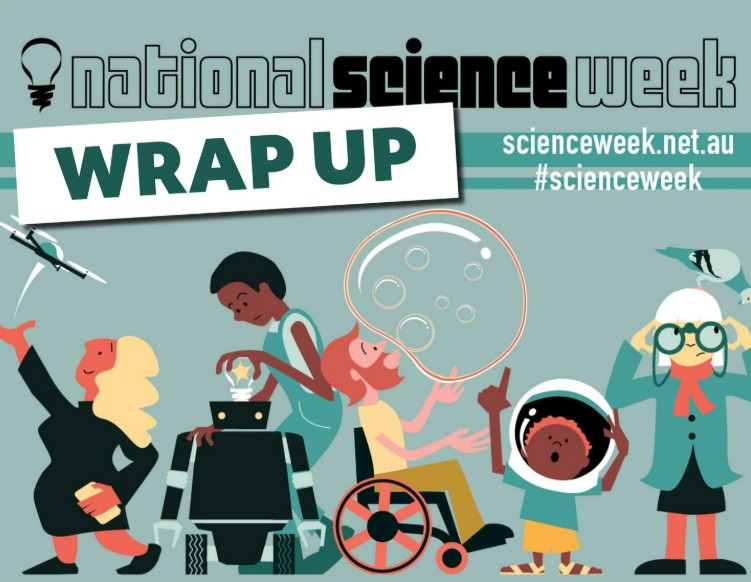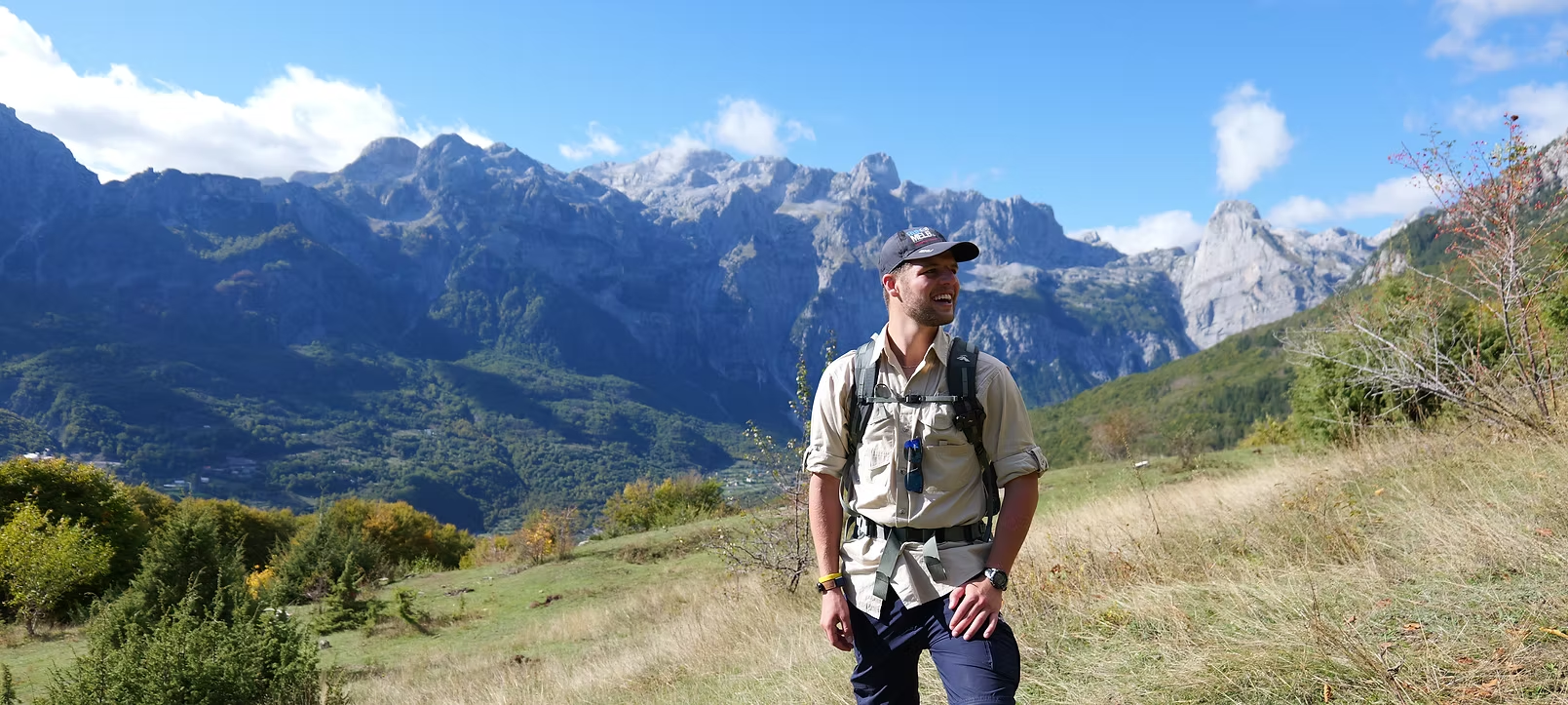CitSciOz25 - How Citizens Are Making Science Work For Them
Science Victoria Edition
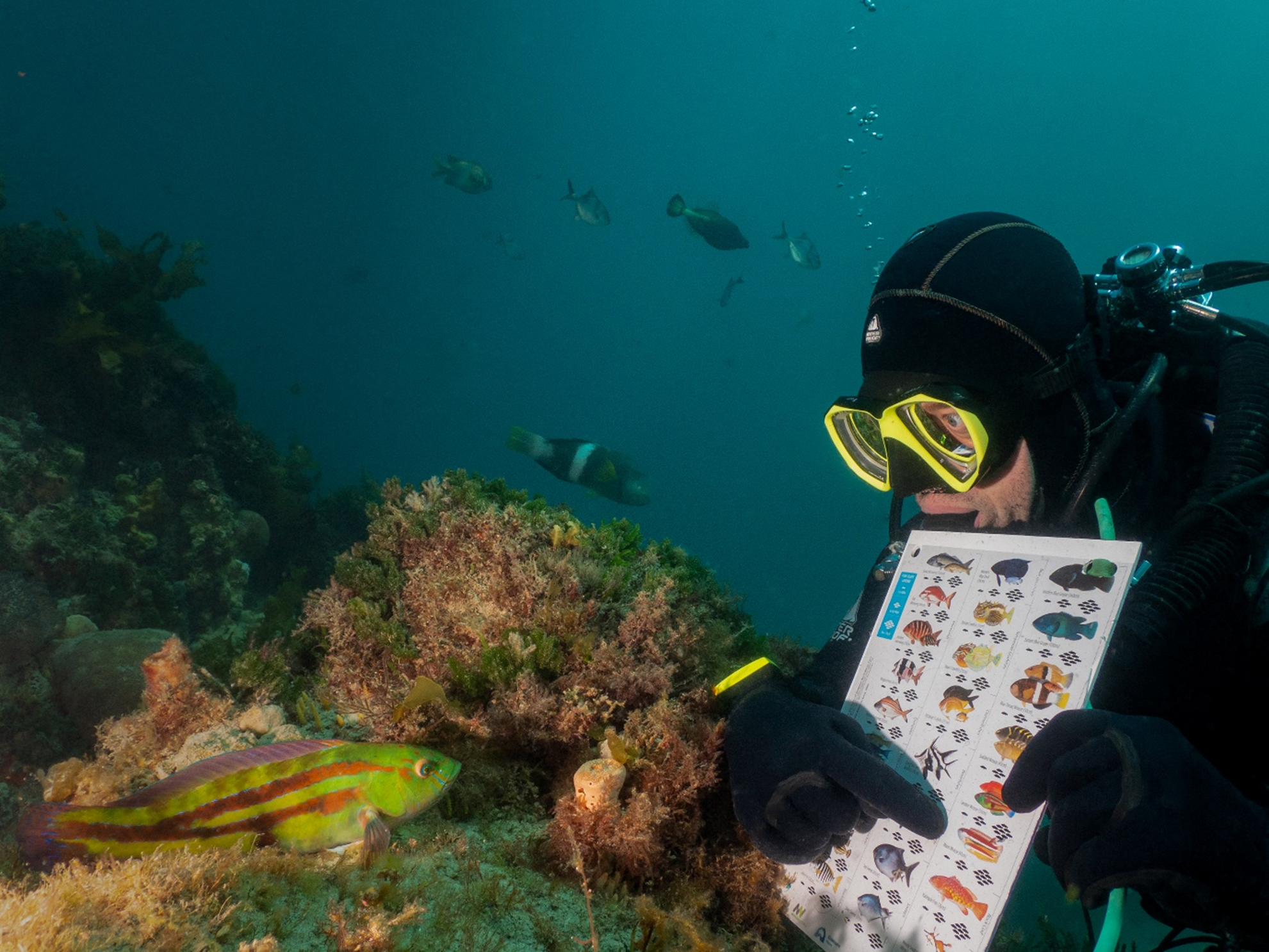
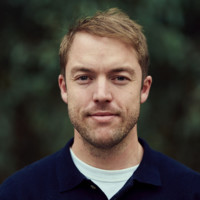
PATRICK BONNEY
Australian Citizen Science Association
Across Victoria, thousands of people are quietly transforming how science gets done. Community groups are using drones to monitor coastal erosion. Traditional Owners are combining their knowledge with contemporary scientific methods. Melbourne families are testing their backyard soil for potentially harmful contaminants. Forest campaigners are deploying thermal cameras to protect threatened species from logging.
These are all examples of citizen science, a practice that the Australian Citizen Science Association defines as “involving public participation and collaboration in scientific research with the aim to increase scientific knowledge".
In practice, however, citizen science is much more than just a new approach to collecting data. Projects create important opportunities for people to engage directly with research and researchers, helping them to develop new skills and connections and, crucially, contributing to genuine discoveries that inform policy, conservation decisions and local action.
Citizen science has a long history in Victoria. Some programs, such as the Victorian Wader Study Group established in 1975, have now been running for decades. They operate alongside a host of new projects - from community-driven advocacy efforts making use of cutting-edge technologies to government-led initiatives that seek to boost connections to the natural world. Some projects work to integrate Indigenous knowledge systems with Western science, while others turn everyday activities like hiking into an opportunity for globally-relevant studies.
This momentum will be celebrated and advanced at CitSciOz25, the Australian Citizen Science Association's national conference, to be held in Melbourne from 13 to 15 October.
Hosted at Melbourne Connect in Parkville, the conference theme A Catalyst for Change captures the transformative potential of citizen science. Participants from around Australia will share their successes, lessons learned and connect with leaders from across the field.
What unites them all is a very simple idea: that everyone can contribute to scientific understanding, and that science is stronger when it includes diverse voices and perspectives.
Tracking change across Victoria
Some of Victoria's most successful citizen science projects have been quietly building communities and datasets over many years, establishing a crucial foundation for their field. WaterWatch Victoria exemplifies this longevity—after 30 years, the program engages more than 2000 volunteers across 125 sites monitoring water quality across Victorian waterways. Its sister program – EstuaryWatch - extends this community-based monitoring to Victoria's coastal environments, creating a comprehensive network of citizen scientists tracking the health of freshwater and estuarine ecosystems.
Also in watery places can be found some of Victoria's newer citizen science initiatives, showcasing how technology can make science more accessible and engaging. The Victorian Coastal Monitoring Program (VCMP) trains volunteers to conduct beach drone surveys every two months to monitor coastal erosion along the Victorian coast. The VCMP has partnered with Traditional Owners, providing drone training to allow them to assess culturally significant coastal sites, thus supporting Indigenous self-determination while enhancing coastal management across Victoria.
An even simpler citizen science monitoring program is CoastSnap, where beachgoers use their smartphones to take photos from fixed cradles along the coastline. These photos are then transformed through a technique known as photogrammetry into valuable data tracking shoreline changes over time.
From local to global
Victorian citizen science programs are empowering everyday people to contribute meaningful data across many different scales, from backyard soil testing to global climate monitoring. More than 2000 Victorians have become soil scientists in their own backyards through EPA Victoria's GardenSafe Program. This free soil-screening program invites Victorians to send in three garden soil samples for analysis of contaminants including lead, arsenic, and chromium, helping not only to assist families in understanding their garden soil better, but also providing the EPA with important baseline data about urban soil contamination.
At a global scale, ClimateWatch – an initiative of Earthwatch Institute - engages visitors using popular walking trails to observe and record how the plants and animals are responding to changing climatic conditions. From the Royal Botanic Gardens Melbourne to Wilsons Promontory National Park, ClimateWatch operates 30 trails across Victoria as part of an 85-trail national network helping to inform our response to the escalating climate crisis.
Collaborative competition
At times, citizen science can take on a competitive edge that energises whole communities. In the City Nature Challenge 2025: Greater Melbourne brought together 26 metropolitan councils in a global biodiversity blitz. During four days in April 2025, participants used the iNaturalist app to photograph plants and animals throughout Greater Melbourne. In the previous challenge (2024), Greater Melbourne was placed 39th globally with 833 participants recording 13,327 observations of 2037 species - making it Australia's highest-ranking city.

Diving into marine science
Victoria's underwater environments provide unique opportunities for citizen science research. Every November and December, during the Great Victorian Fish Count, hundreds of divers and snorkelers document marine life along the Victorian coast from Port Fairy in the west to Marlo in the east. Armed with waterproof dive slates, participants record target fish species and report sightings, as part of a long-term monitoring program that began in 2002. The event is not only fun but has achieved significant scientific outcomes, including the rediscovery of species such as the western blue groper. The count highlights the incredible diversity of Victoria's temperate marine ecosystems.
Healing Country
Victoria's citizen science landscape is increasingly embracing partnerships with Indigenous communities, recognising that Traditional Knowledge systems provide essential perspectives on environmental monitoring and stewardship of Country. The Murrabul Yaluk Water Quality Monitoring Program exemplifies this, bringing together the Corangamite Catchment Management Authority and Wadawurrung Traditional Owners in a partnership to rejuvenate the Moorabool River.
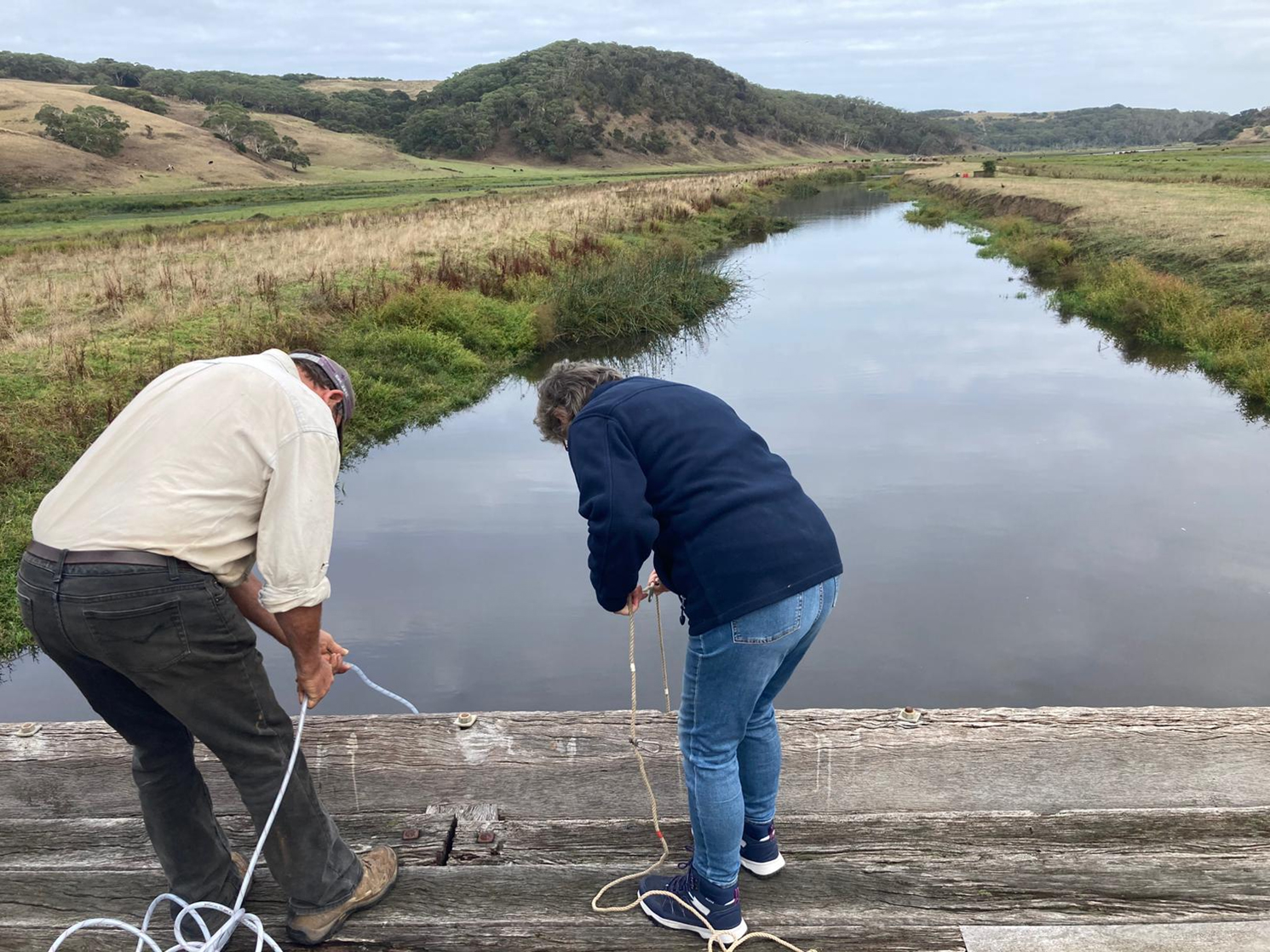
Beginning with a simple community fishing day, the program has since evolved into much more, where the Wadawurrung now conduct their own water quality testing and create reports combining environmental data with cultural assessments. This approach enables Traditional Owners to regain agency over waterway management while protecting both environmental and cultural values.
Similarly, projects like the Budj Bim environmental DNA sampling program demonstrate how traditional knowledge of Country can be supported by citizen science, allowing Traditional Owners to monitor fish populations and ecological changes in one of the world oldest known aquaculture systems. This project is supported by the EnviroDNA company, which ensures that all the data produced is owned and governed by the Gunditj Mirring Traditional Owners Aboriginal Corporation.
Local action
Not all citizen science emerges from formal institutions. Some even provides a challenge to them. Wildlife of the Central Highlands (WOTCH), established in 2014, shows what is possible when community members take scientific research into their own hands. Using thermal and infrared video equipment, WOTCH volunteers have surveyed forests earmarked for logging to detect threatened species. Using this approach WOTCH has successfully protected more than 1500 hectares from logging, providing important evidence of the presence of the greater glider, as well as Leadbeater’s possum – Victoria’s state animal emblem.
Looking Forward: CitSciOz25
The growing impact of citizen science in Victoria reflects a broader transformation in how we think about research and community engagement.
The CitSciOz25 conference will bring together leading voices across the field. Among the keynote speakers are Victoria's Lead Scientist, Dr Amanda Caples; Dr Tom May from Royal Botanic Gardens Victoria; the Chairwoman of the European Citizen Science Association, Dr Susanne Hecker; and D'harawal man and Australia's first Threatened Species Commissioner, Gregory Andrews. Participants will engage in workshops covering artificial intelligence, youth engagement, and reef conservation, as well as panel discussions exploring the policy perspectives and the future of citizen science.
As the theme of CitSciOz25 suggests, citizen science can indeed be a catalyst for change – transforming not just our understanding of the natural world, but our relationship with science itself. In Victoria, that transformation is already well underway.
--
CitSciOz25 Conference
October 13-15, 2025
Melbourne Connect, Parkville
Registration and program details:https://citizenscience.org.au/citscioz25/
Discover how you can join the society
Join The Royal Society of Victoria. From expert panels to unique events, we're your go-to for scientific engagement. Let's create something amazing.




